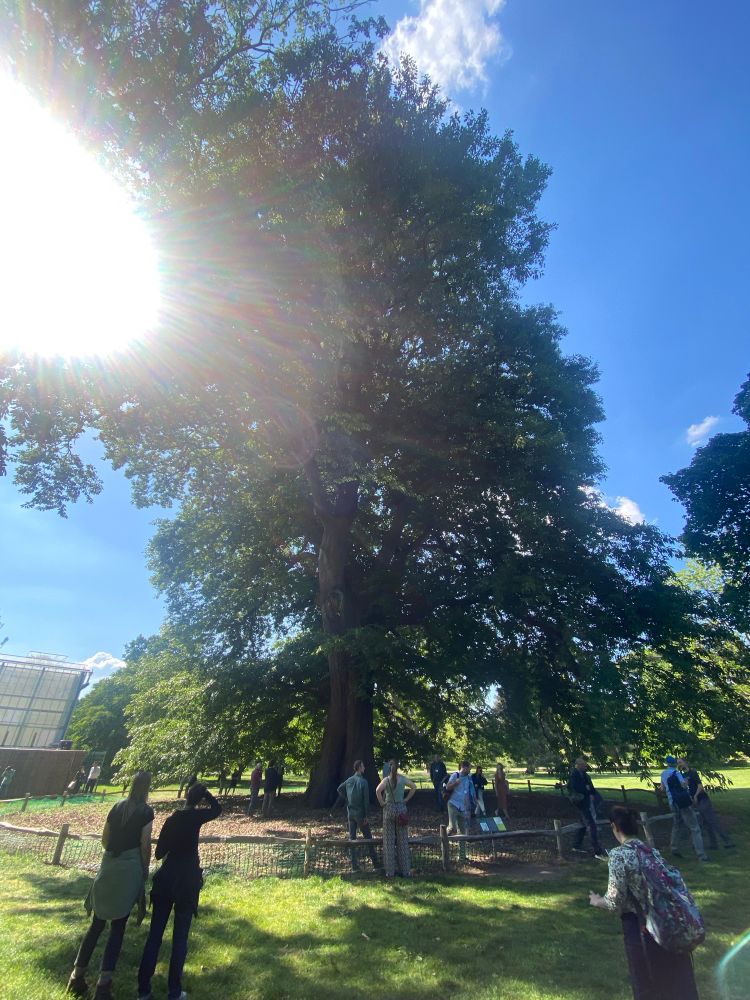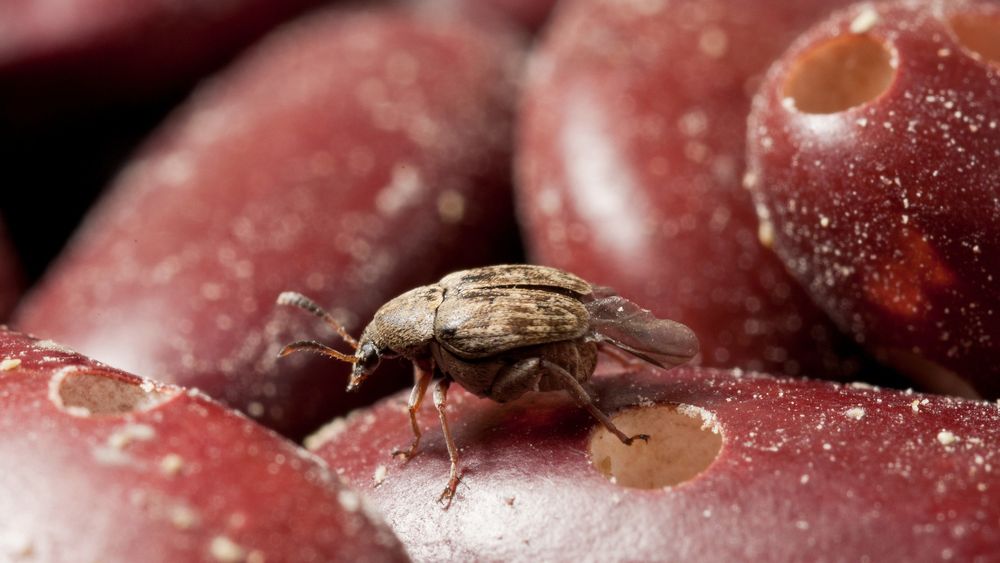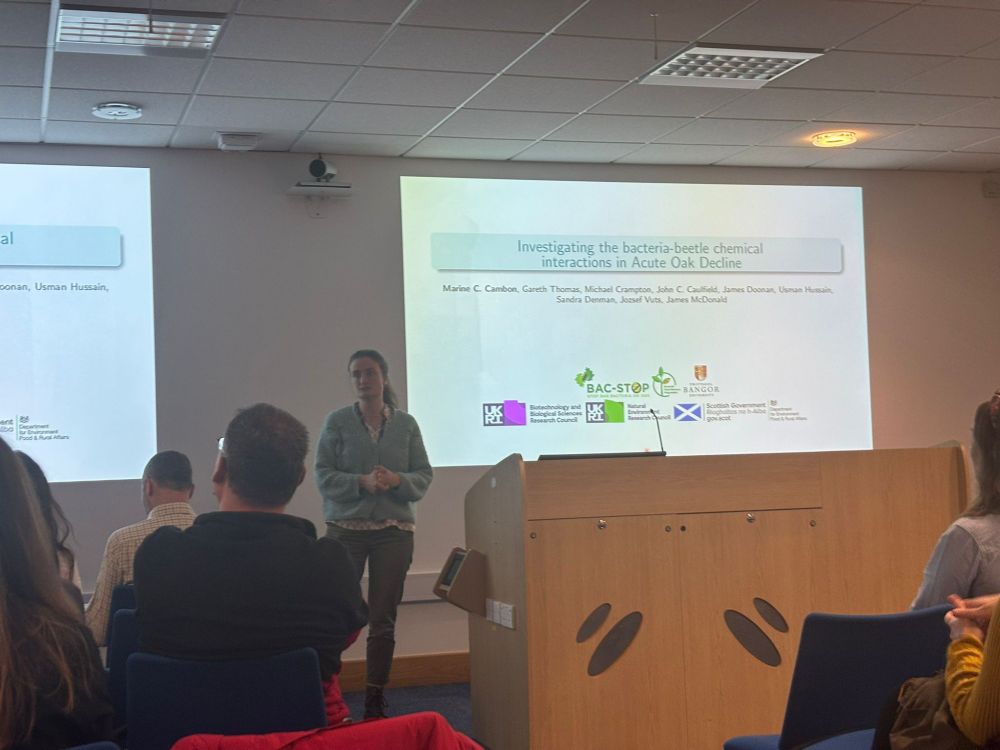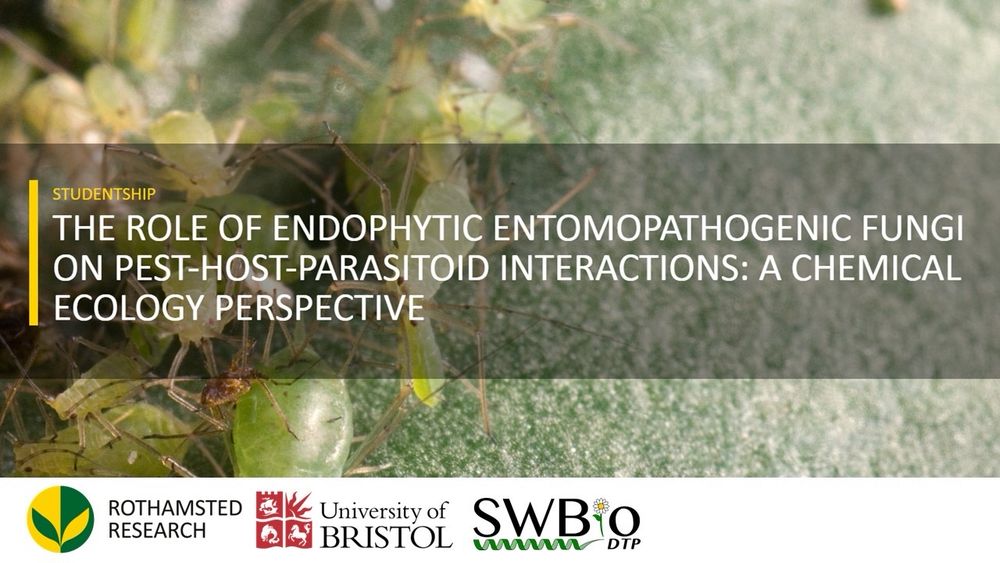Gareth Thomas
@gathomas12.bsky.social
320 followers
380 following
7 posts
Plant health policy, biosecurity, chemical ecology. Views are my own. He/him
Posts
Media
Videos
Starter Packs
Gareth Thomas
@gathomas12.bsky.social
· Jul 9
Gareth Thomas
@gathomas12.bsky.social
· Jul 9
Gareth Thomas
@gathomas12.bsky.social
· Jul 9
Inducible volatile chemical signalling drives antifungal activity of Trichoderma hamatum GD12 during confrontation with the pathogen Sclerotinia sclerotiorum
BACKGROUND: The use of beneficial soil fungi or their natural products offers a more sustainable alternative to synthetic fungicides for pathogen management in crops. Volatile organic compounds (VOCs) produced by such fungi act as semiochemicals that inhibit pathogens, with VOC production influenced by physical interactions between competing fungi. This study explores the interaction between the beneficial soil fungus Trichoderma hamatum GD12 strain (GD12), previously shown to antagonize crop pathogens such as Sclerotinia sclerotiorum, to test the hypothesis that its antagonistic effect is mediated by volatile chemical signalling. A GD12 mutant deficient in the chitinolytic enzyme N-acetyl-β-glucosaminidase ΔThnag::hph, which shows reduced biocontrol activity, was also examined. RESULTS: In dual-culture confrontation assays, co-inoculation of GD12 and S. sclerotiorum led to fungistatic interactions after 7 days, whereas ΔThnag::hph showed no antagonism, indicating a loss of antagonistic function. VOCs collected from individual and co-cultures were analysed by gas chromatography - flame ionization detector (GC-FID) analysis and coupled GC-mass spectrometry (GC-MS), revealing significant differences in VOC production between treatments, with VOC production notably upregulated in the GD12 + S. sclerotiorum co-culture. Peak production of 6-pentyl-2H-pyran-2-one occurred 17 days post-inoculation. This upregulation was absent in the ΔThnag::hph co-culture, suggesting VOCs may drive antagonism. Synthetic VOC assays revealed several compounds inhibitory to S. sclerotiorum, including 1-octen-3-one, which also arrested the growth of key fungal pathogens (Botrytis cinerea, Pyrenopeziza brassicae, and Gaeumannomyces tritici). Structural insights into 1-octen-3-one's antifungal activity against S. sclerotiorum are also presented. CONCLUSIONS: These findings support the hypothesis that the antagonistic properties of T. hamatum GD12 against crop fungal pathogens can, in part, be attributed to VOC production. Further research is needed to assess the potential of these semiochemicals as tools for pathogen management in agriculture. ### Competing Interest Statement The authors have declared no competing interest. Biotechnology and Biological Sciences Research Council, https://ror.org/00cwqg982, BB/X010953/1, BBS/E/RH/230003A, BBS/OS/CP/000001, 1622285
www.biorxiv.org
Reposted by Gareth Thomas
George Lund
@georgelund.bsky.social
· Jun 3

Development of a bioassay guided genome mining approach for antifungal natural product discovery from pseudomonads
Zymoseptoria tritici causes Septoria Leaf Blotch disease of wheat and has evolved to overcome most chemical and genetic control methods. As such, new tools are required for future disease control.
We...
doi.org
Reposted by Gareth Thomas
Reposted by Gareth Thomas
The Guardian
@theguardian.com
· Feb 17
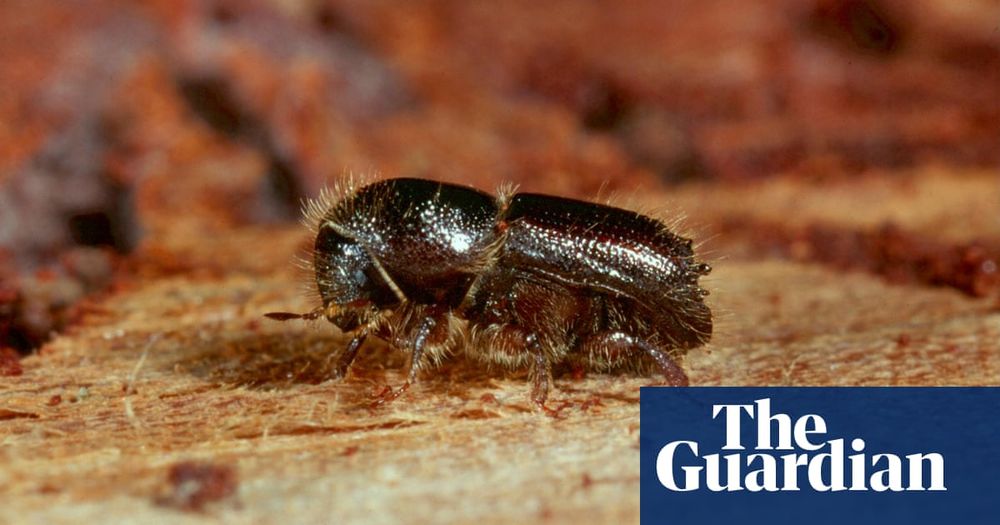
Tree-killing beetle found to be attracted to Britain’s most common spruce
Discovery of pest in UK raises fears for Sitka spruce, which accounts for half of country’s commercial plantations
A beetle that has previously devastated Norway spruce populations across continental Europe has been found to be equally attracted to the…
www.theguardian.com
Gareth Thomas
@gathomas12.bsky.social
· Feb 13
Reposted by Gareth Thomas
Gareth Thomas
@gathomas12.bsky.social
· Dec 4

Using dynamic headspace collections for bacterial volatile sampling
This protocol describes a step-by-step guide for sampling Volatile Organic Compounds (VOCs) from the headspace of bacterial cultures, using dynamic headspace collections.
www.protocols.io
Reposted by Gareth Thomas
Reposted by Gareth Thomas
Reposted by Gareth Thomas
Antonino Malacrinò
@malacrino.bsky.social
· Nov 19
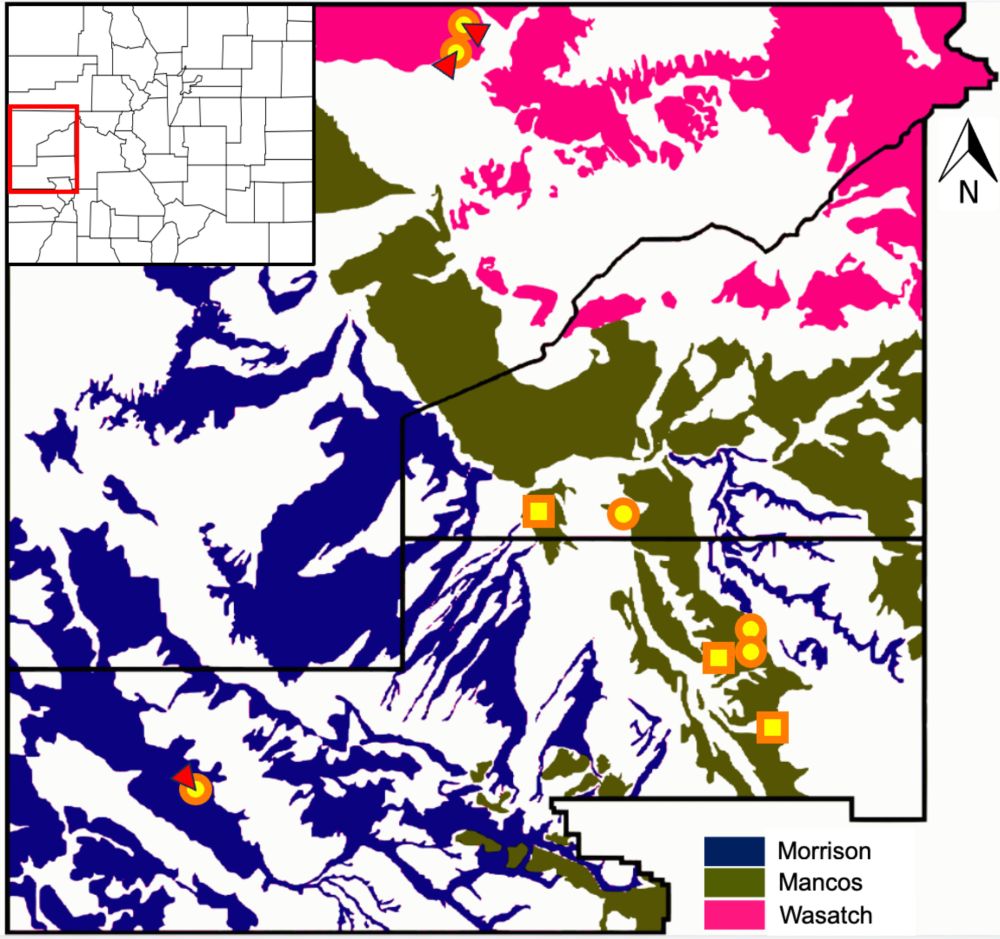
Selenium alters the gene content but not the taxonomic composition of the soil microbiome - Environmental Microbiome
Background Microbiomes, essential to ecosystem processes, face strong selective forces that can drive rapid evolutionary adaptation. However, our understanding of evolutionary processes within natural...
environmentalmicrobiome.biomedcentral.com
Gareth Thomas
@gathomas12.bsky.social
· Nov 24
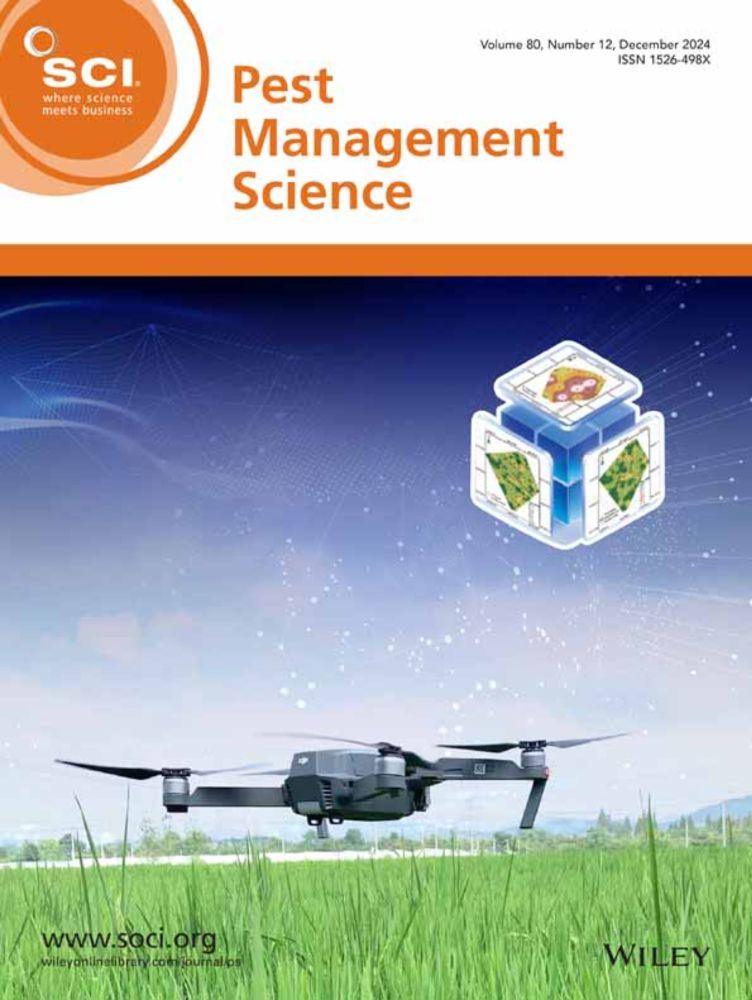
Pest Management Science Call for Papers Special issue: Harnessing Chemical Ecology for Improved Pest management.
This special issue welcomes original research and review papers relating to all aspects of how chemical ecology can be used to address crop security challenges, including the following suggested topics:
scijournals.onlinelibrary.wiley.com
Reposted by Gareth Thomas
Dr Joe Roberts
@joe-roberts.bsky.social
· Oct 30
Reposted by Gareth Thomas

